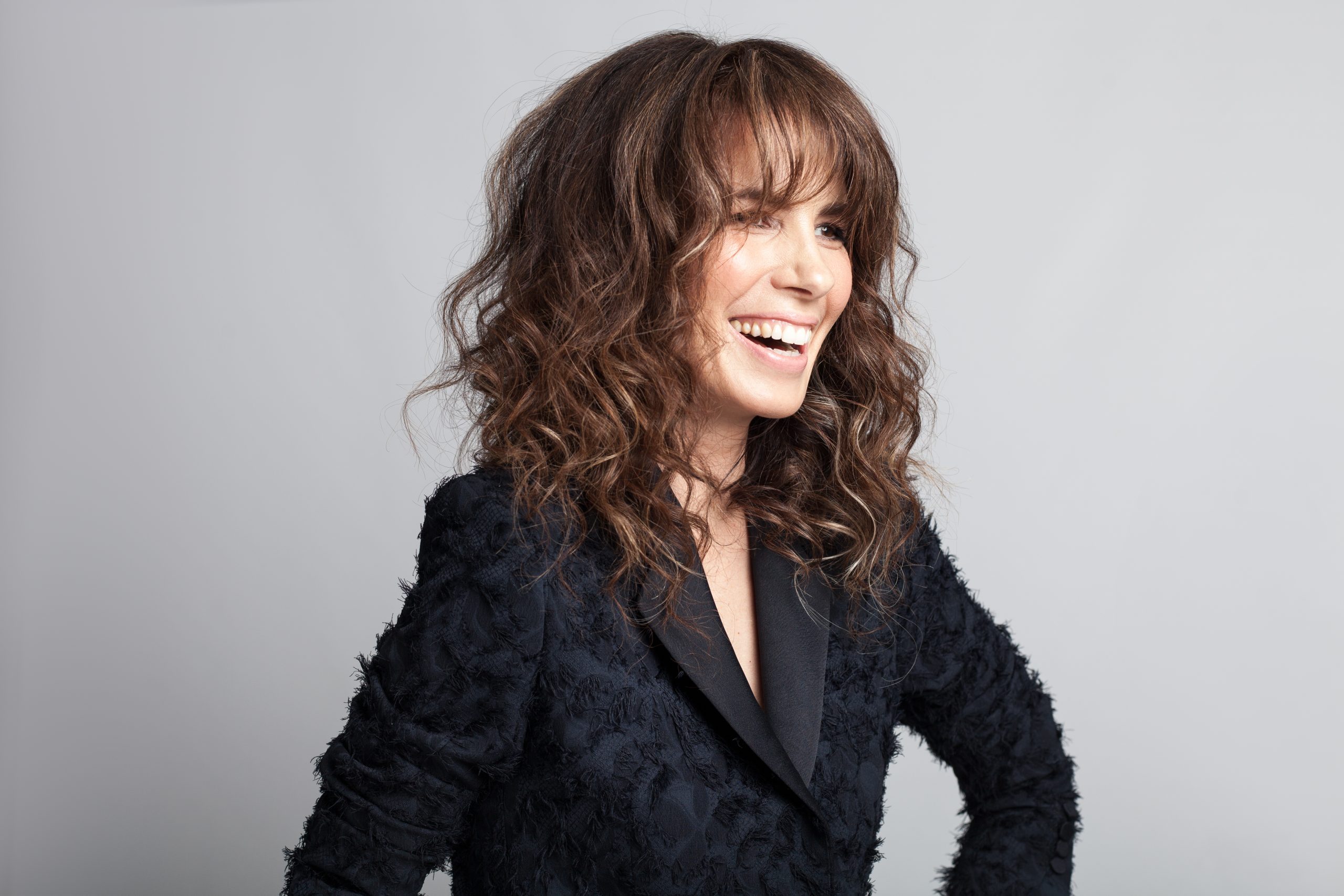Interview Blog
Back to the Workwear Future: How to Dress in 2021
Stylist and author Annmarie O’ Connor knows a thing or two about how to make the most out of your wardrobe. She was advocating wardrobe wellness well before the trend for more mindful shopping became de rigeur. Her book The Happy Closet, first published in 2016, put a focus on decluttering your wardrobe a couple of years before the rise of Marie Kondo.
In between espousing wardrobe editing, Annmarie works as a fashion writer covering issues arising in the industry, she also gives talks and works with in-house teams in the corporate world to teach its teams how to navigate the changing nature of workwear. Her weekly Irish Examiner column, How to Wear It, is religiously followed by style enthusiasts.
So how has the world of style fared in the last year? An increase in loungewear, practical outerwear, knitted coordinates, activewear and flat shoes, especially trainers, the sales of which overtook that of high heels for the first time since 2016 are all subjects Annmarie has covered extensively in her fashion writing.
But what does this mean for workwear? Amongst the many casualties of 2020, the work wardrobe, it seems, was one of them. Countless suits and blazers are still idly sitting in wardrobes, no longer fit for purpose.
According to Annmarie, the future of workwear is fluid; “As our lives become less compartmentalised and more blended, the need for multitasking pieces that go the distance becomes part of our new reality.”
It’s been a tough year for most, but there have been some positives. Amongst them the need for remote working which has finally proved that employees don’t need to be infantilised and can in fact, work autonomously. It has empowered employees to communicate how their work lives can work for them, as opposed to the other way around.
So was her wardrobe impacted in 2020? “ I worked from home for twelve years, so my wardrobe didn’t need much of an overhaul when the pandemic hit. I did notice that I had no occasion for formalwear (be that a corporate meeting or a night out) and high heels in almost a year.”
As we slowly get back to a new way of working in 2021, with perhaps a hybrid of remote and office working from summer onwards, how will we navigate the new rules of workwear?
“The suited and booted hierarchy we once knew will have shifted to a less something less prescriptive. Having this time (and freedom) to discover what business casual looks like will ease this transition back to IRL interaction. Take a corporate work suit, for example. Instead of simply removing the jacket and tie, take it a step further. Swap a formal shirt for a casual button-down; trade formal trousers for chinos; substitute a suit blazer for one in a more casual fabric like knit jersey or a cardigan. Introduce a tie if the occasion requires it but opt for a casual knit style instead of traditional silk. It’s a question of evolution, not revolution. Small tweaks make all of the difference.”
What you wear is a visual shortcut to taking ownership of your personal brand. For many there is a sense that their personal brand is in flux. Most people have evolved over the last year and are, out of necessity or choice, rebooting their careers, starting their own business or embarking on their second act. How can they get through this tricky period in their lives and present their best work selves?
“It’s important to understand how to develop a working wardrobe that makes you feel confident and makes others confident in you. The key to creating an effective IRL (not Instagram) wardrobe involves one vital component: a mindset shift. You’ll only see results once you start thinking in terms of results-driven players. Each item of clothing must contribute in a significant way to the bottom line and offer support to other pieces in developing new outfit combinations.
Employing valued pieces that make your life easier also lessens the instances of being fed-up with unnecessary stuff that is taking up space. The best bit? There are only 20 garments needed to create multiple outfit combinations – most of these you probably already own. This is something I can guide you towards in a Brand You virtual styling session.”

